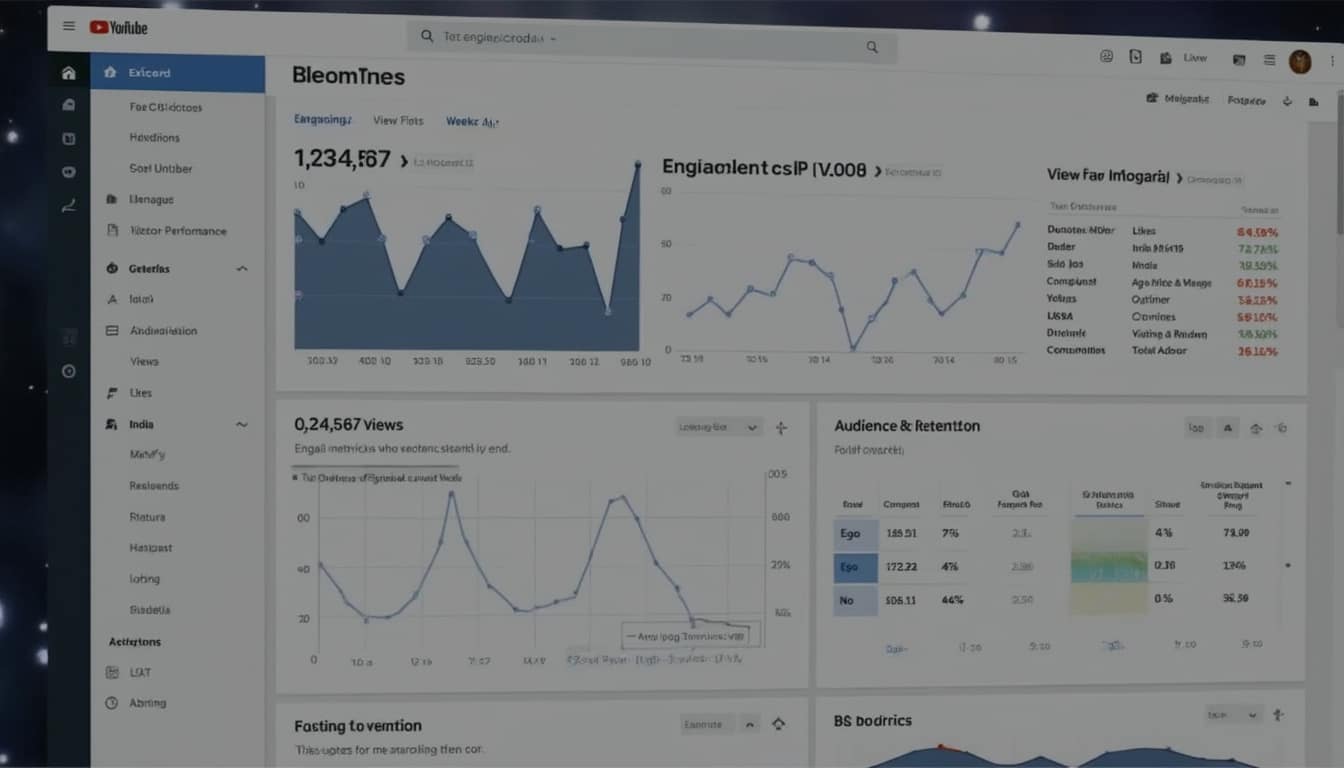YouTube has become a vibrant platform where creators can share their unique visions and connect with audiences. With over 800 million videos available, standing out can be quite the challenge. Enter the world of long-tail keywords—these specific phrases can make a significant difference in how your content is discovered. Many creators wonder whether they can leverage these long-tail keywords as tags on their videos to enhance visibility and reach a broader audience.
Tags play a crucial role in categorizing content and aiding the YouTube algorithm in understanding what each video is about. As a creator, mastering the art of using both general and long-tail keywords can elevate your channel’s discoverability. By utilizing these tags strategically, you can align your videos with users’ search intent, leading to improved engagement and possibly even virality.
Understanding Long-Tail Keywords
Long-tail keywords are specific phrases that typically consist of three or more words. Unlike broader keywords, which can be highly competitive and challenging to rank for, these long-tail variations target niche audiences looking for very detail-oriented content. For instance, instead of merely using the keyword ‘recipe,’ a long-tail keyword might be ‘quick vegan pasta recipe for beginners.’ This specificity helps in attracting users who have a clear intent, making it easier for your video to gain traction in search results.
Within the context of YouTube, using long-tail keywords can significantly enhance your SEO strategy. When integrated thoughtfully into your video titles, descriptions, and, yes, tags, they buttress the content’s visibility. They help communicate what the video is about directly and practically, leading viewers to click and watch.
Why Long-Tail Keywords Matter
The importance of long-tail keywords cannot be overstated. As online search behavior evolves, users are becoming more sophisticated and precise in their queries. The implications for creators are clear: to succeed in this landscape, your content must match the intent behind viewers’ searches.
Incorporating long-tail keywords helps you achieve better visibility on YouTube. By focusing on less competitive search terms, you’re likely to encounter a dedicated audience who are searching specifically for the type of content you provide. This means more genuine views, potentially higher watch times, and ultimately more subscribers if users find value in what you create.
Utilizing Long-Tail Keywords as Tags
So, can you use long-tail keywords as tags on YouTube? Absolutely! By tagging your video with these specific phrases, YouTube’s algorithms can better understand and categorize the content, thereby aiding discoverability. Tags provide data points for YouTube’s algorithm; they help in grouping your video with similar content and widening its visibility among target users.
When you apply long-tail keywords as tags, you’re positioning your video in line with search queries that are more likely to lead to conversions—whether that be views, shares, or subscriptions. The nuanced nature of long-tail keywords facilitates this, allowing you to compete effectively even in a competitive space.

How to Effectively Use Long-Tail Keywords as Tags
To maximize the effect of long-tail keywords as tags, here are a few strategies to consider:
- Research and identify relevant long-tail keywords: Use tools like Keywordtool.io or Google Trends to uncover popular long-tail phrases related to your niche. Analyze what similar creators are using as tags and adapt accordingly.
- Maintain relevancy: Only use long-tail keywords that truly reflect your video’s content. Misleading tags can lead to higher bounce rates, negatively impacting your SEO.
- Mix broad and specific terms: While long-tail keywords are essential, don’t disregard broader terms altogether. A combination of both can provide a balanced approach, enhancing discoverability across different search behaviors.
- Update your tags regularly: As trends shift, so should your keywords. Periodically review and update your tags to remain relevant and effectively capture changing viewer intents.
Analyzing the Impact on Your Channel’s Performance
As you start implementing long-tail keywords into your tagging strategy, it’s critical to monitor the impact on your videos and overall channel performance. Utilize the analytics tools provided by YouTube to check metrics like watch time, viewer demographics, and traffic sources. These will give insights into whether your new tagging strategy resonates with the audience, allowing for refined adjustments.
You can also leverage tools like VidIQ and TubeBuddy for advanced analytics, providing crucial data on how your content is performing. Looking at metrics related to search keywords can give a clearer picture of your long-tail keyword effectiveness.

Adjusting Strategies Based on Performance Data
Understanding how long-tail keywords function within your tagging strategy will involve a degree of trial and error. Not all keywords deliver the same results, and as the online landscape frequently evolves, your strategy should too. When you see shifts in audience engagement or a substantial decline in performance for particular tags, it’s time to reassess and optimize your tagging strategy.
Engagement metrics such as likes, comments, and shares are also important indicators of how well your content—and its accompanying tags—are being received. Using this data, you can refine your keyword strategy to align better with audience expectations and increase overall viewership.
Conclusion on Long-Tail Keywords and Tags
Utilizing long-tail keywords as tags on YouTube is not just possible; it’s a recommended practice for content creators aiming to maximize their visibility. By employing these specific terms as tags, you help the algorithm understand your video’s content and reach dedicated audiences who search for exactly what you offer. Creating this alignment between your content and viewer intent can significantly enhance the performance of your videos. Continuing to adapt and modify your approach by researching, testing, and analyzing performance data will ensure that you remain at the forefront of YouTube’s ever-changing landscape, allowing your videos to thrive in an increasingly competitive environment.
